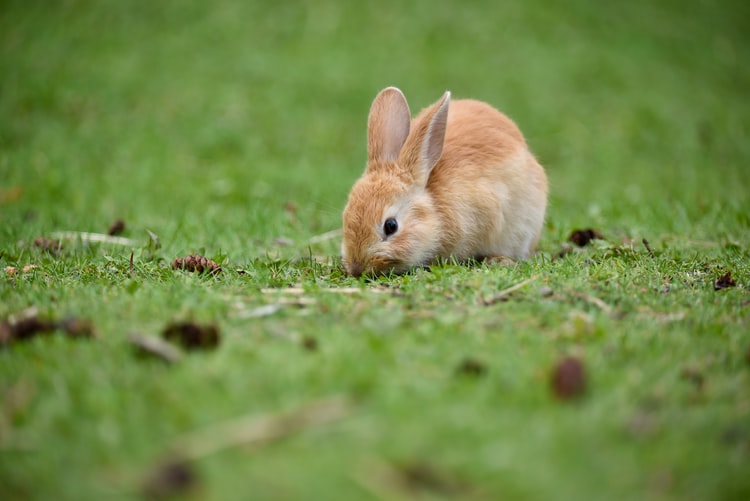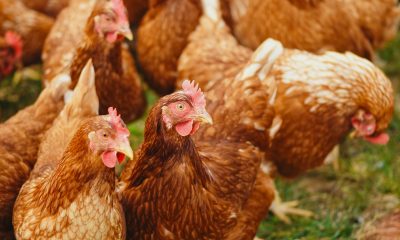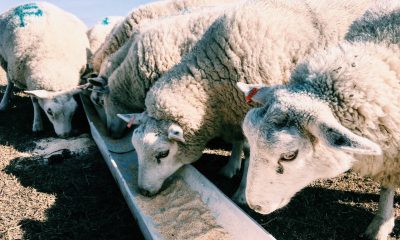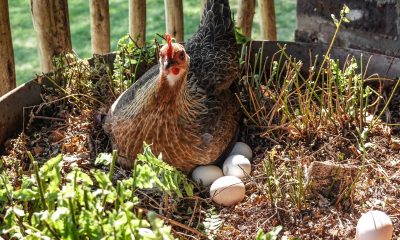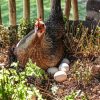Rabbits are animals that consume food throughout the day and night. These animals have fast metabolism rate, so if they stop eating, they can develop health issues rapidly. So rabbits must keep eating a steady amount of food continuously.
However, sick rabbits or rabbits recovering from pain might not eat as much as they usually eat. In such a situation, assistance in feeding procedure like syringe feeding is essential to feed the animal.
A missed meal can become a matter of survival for tiny animals like rabbits. Even a few hours without food may lead to a rabbit’s digestive system to stop working. If they are facing any health issues and refuse to eat food, then making them eat as soon as possible is vital to recovery.
There are several clinical issues your bunny may experience, which lead to a vet to recommend syringe feeding. Some of them include conditions like gastrointestinal stasis, severe weight loss, dental issues and weight-related problems.
Materials required for syringe feeding:
● Feeding Syringes.
● Towel to wrap the bunny.
● Cloth for the table.
● Tissue paper to clean the mouth.
● Liquid or slurry feed.
● Water to clean the mess.
Procedure for syringe feeding:
● Firstly get your vet’s approval. If your rabbit has any gastric problem, your vet needs to treat it before you can syringe feed.
● Prepare the feed. Consult your vet for mixing instruction and work out the volume of food required. If you have purchased a commercial critical care powder, you can mix it with water and fill in the syringe. You may also prepare your slurry by blending food and water. Combining food with warm water produces a paste-like substance that can easily pass through the syringe.
● Always use the best syringe. After filling the syringe, push the plunger forward until the food is protruding from the front. Make sure that no air bubbles are present in the syringe.
● Choose a place that is away from distractions. A quiet and comfortable place will be appropriate to hand feed your rabbit.
● Wrap the rabbit in a towel and place it on the table. Gently wrap the cloth under the chin and then cover the body. Make sure that the bunny is fully relaxed. You may also cradle the rabbit under your arm instead of placing it on the table.
● Gently insert the nozzle of the syringe in the corner of its mouth. Place your other hand down the chin to keep its head stable. Gently poke the syringe into the side of the mouth. Never push it down to the throat.
● Push the plunger to feed small doses of food. You may ask your vet how much amount you should feed. Watch the measurement on the syringe to make sure that you are providing the food in the right amount. After introducing the first dose, ensure that the bunny is swallowing the food properly. The nose of the rabbit will wiggle if it is eating the food. Continue feeding food in small amounts.
● Wipe off the mouth and the spills on the table. Use tissue paper to clean the mouth gently. If you have finished feeding, then feed a small amount of water to make sure that there are no remains of food in its mouth.
If bunnies start to struggle while feeding, then stop and calm them down. Feed slowly so that they get enough time to swallow the food. Before syringe feeding, always ensure to identify the real cause of appetite issue.
You must seek veterinary advice before starting syringe feeding. If your bunny refuses to eat solid food, you may take it to the vet to see if syringe feeding is the right choice. If your rabbit’s temperature is under 37-degree celsius, do not force feed it. And also check for signs like wheezing or froth oozing out from the nose while syringe feeding. In such a circumstance, please take it to the vet immediately. Hand-feeding your pet may seem stressful at first. However, with a little patience and practice, you will be able to hand feed your pet in no time successfully.
